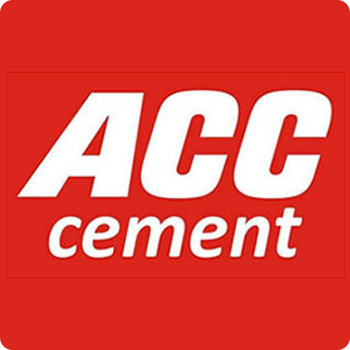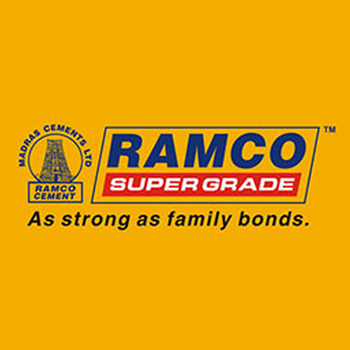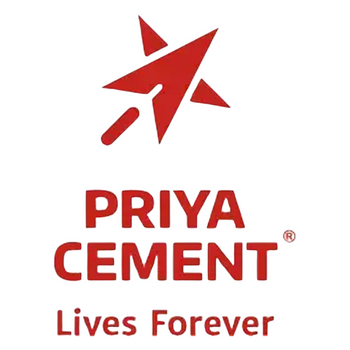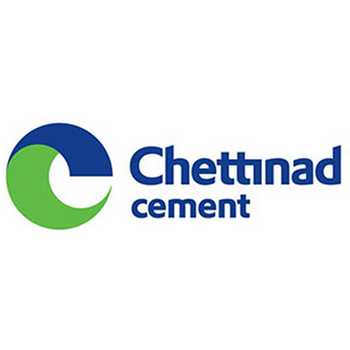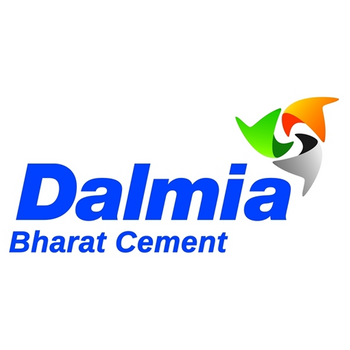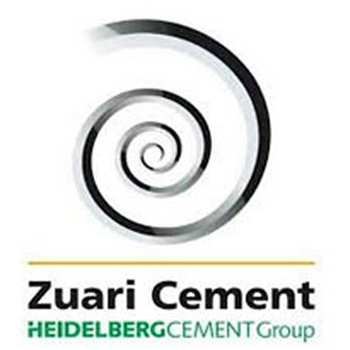Sand is far more than just a filler in construction — it’s a key ingredient in building strong, long-lasting structures. While river sand has long been the preferred choice, growing demand and environmental concerns have pushed the industry to look for alternatives. That’s where M Sand, or manufactured sand, comes in — a modern solution that's quickly becoming a popular and reliable option.
This post will explore the difference between M Sand and River Sand, highlighting their pros, cons, and use cases to help you choose the best sand for your next construction project.
What is M Sand?
M Sand, short for Manufactured Sand, is an artificially created construction material. It’s made by crushing hard granite or stones into fine particles, which are then processed and graded for specific uses.
M Sand Manufacturing Process
The process of manufacturing M Sand includes:
-
Crushing rocks into small particles.
-
Washing to remove fine particles and impurities.
-
Screening and grading to achieve uniform size.
Common Uses of M Sand in Construction
Due to its consistency and quality, M Sand is widely used for:
-
Concrete production (particularly ready-mix concrete)
-
Brickwork
-
Reinforced Cement Concrete (RCC)
-
Plastering (with some limitations)
Why Choose M Sand for Construction?
-
Uniformity ensures better bonding in concrete.
-
Consistent quality controls reduce construction issues.
Buy M Sand for Construction Online
What is River Sand?
River sand, often called natural sand, is sourced directly from riverbeds. Its smooth texture and fine quality have made it a trusted choice in construction for generations.
Characteristics of River Sand
-
Texture: Fine and smooth.
-
Grain Shape: Naturally rounded from years of water erosion.
The Challenges of Using River Sand
While river sand has been a reliable construction material, its over-extraction brings significant challenges:
-
Environmental Degradation: Mining disrupts river ecosystems and causes erosion.
-
Regional Scarcity: Mining bans have made it harder to source river sand in many areas.
-
High Cost: Limited availability significantly increases its price.
River sand may still be used for certain applications like masonry or plastering, but its drawbacks are pushing the construction industry to explore sustainable alternatives like M Sand.
Key Differences Between M Sand and River Sand
|
Feature |
M Sand |
River Sand |
|
Texture & Shape |
Angular, coarse |
Smooth, rounded |
|
Source |
Crushed rock |
Natural riverbeds |
|
Quality Control |
High (machine-made) |
Variable |
|
Availability |
Easily available |
Limited in many regions |
|
Environmental Impact |
Eco-friendly |
High due to mining |
|
Price |
Lower |
Higher |
|
Best Use |
Concrete, RCC, plastering |
Masonry, plastering (limited) |
Contact Us for M Sand Supply
Pros & Cons of M Sand
Pros of M Sand
-
Uniform Quality: Machine-produced, ensuring consistent quality.
-
Better Bonding in Concrete: Improves structural integrity.
-
Cost-Effective: More affordable than river sand.
-
Sustainable Alternative: Reduces environmental degradation caused by mining.
Cons of M Sand
-
Rough Texture: May affect the finish during plastering.
-
Fine Dust: Requires added water curing during application.
Pros & Cons of River Sand
Pros of River Sand
-
Workability: Smooth, fine grains make it easier to work with, especially for plastering.
-
Traditional Use: Preferred for its natural texture and bonding properties.
Cons of River Sand
-
Expensive: Limited availability has driven up cost.
-
Quality Variability: Depends on the source and regional factors.
-
Environmental Damage: Causes erosion, affects waterbeds, and disrupts ecosystems.
Which Sand is Best for Your Construction Project?
Choosing between M Sand and River Sand depends on your specific project requirements. Here are some factors to consider:
1. Type of Construction
-
Commercial/Residential: M Sand is more versatile for concrete and RCC work.
-
Traditional Builds: River sand works better for masonry and certain plastering jobs.
2. Application
-
For Concrete and RCC: M Sand provides uniform bonding and durability.
-
For Plastering:
-
River Sand is preferred for its smooth texture.
-
M Sand can be used if processed to remove coarse particles.
3. Availability & Cost
-
If river sand is scarce or cost-prohibitive, M Sand is a practical choice.
4. Environmental Impact
-
Sustainability is key. M Sand’s eco-friendly manufacturing process makes it the better option for long-term construction viability.
Buy M Sand Online for Quality Construction
The Final Verdict: Choose Wisely, Build Smart
When deciding between M Sand vs River Sand, it comes down to availability, cost, and project type. For most modern constructions, M Sand emerges as the clear winner. Its affordability, consistency, and eco-friendly nature make it a top choice over river sand.
If you’re ready to start building or switching to M Sand, check reliable suppliers like Buildiyo Store. Explore high-quality M Sand options here and ensure strong and sustainable construction for years to come.

